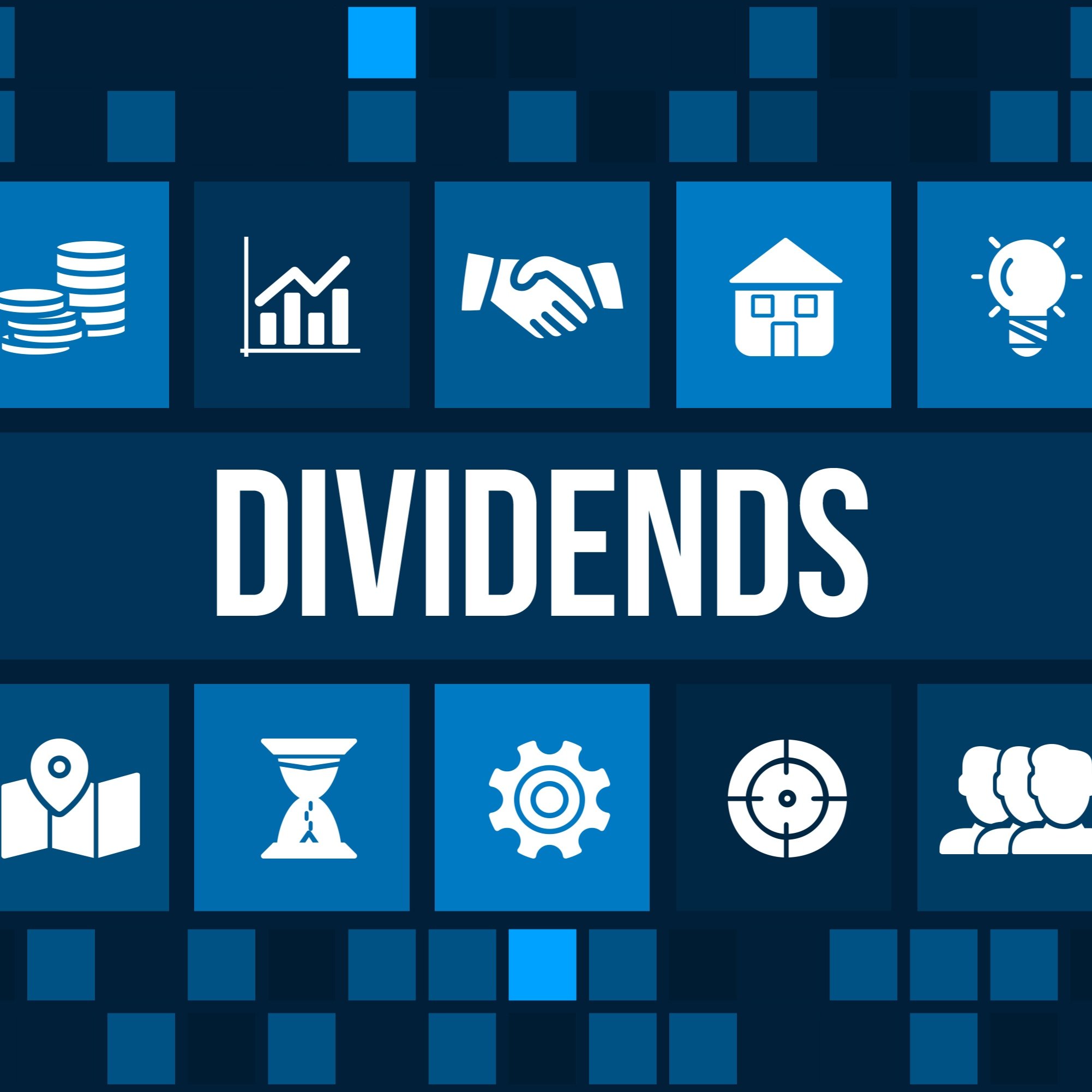7 Great Consumer-Driven Companies That Need to Start Paying Dividends in 2016
January 27, 2016 by Jon C. OggWhen it comes to returning capital to shareholders, dividends and stock buybacks generally are considered the top yardsticks. Buybacks can be opportunistic, but committing to a dividend payment is a way that companies signal to their shareholders that they can sustain earnings power for years into the future. Now consider that half or more of investor returns through time are generated from dividends.
Unfortunately, 2015 was the first year in six that the markets did not rise. And now the bull market has been further interrupted ahead of what would be its seventh anniversary. This is putting investors in the mood to seek higher quality stocks, those that have stable or predictable earnings ahead and that pay solid dividends.
Investors often chase dividend stocks, but there is a separate class of companies that many investors have to wonder about. These are the companies that could easily pay dividends and simply refuse to do so. Some of these have great growth stories but are using their available capital for other purposes. So, what happens when great growth stories look mature or begin to fade? This is when companies should use some of that excess capital that has been built up over the years to reward shareholders with dividends.
Companies that can easily pay dividends but refuse to should be considered the dividend sinners, or dividend misers.
24/7 Wall St. has identified seven very well-known companies with a consumer focus that need to pay dividends. They should start in 2016, even if some companies may fight that urge. Again, this means that they will have to manage their businesses for consistent earnings and cash flows. You rarely meet managers and executives who are eager to announce that their dividends are being cut or suspended.
The start of 2016 seems to have put investors into the mood to reflect on their investments and focus mostly on companies treating their shareholders the best. Again, dividends can make up half of all total returns through time.
 24/7 Wall St.
24/7 Wall St.